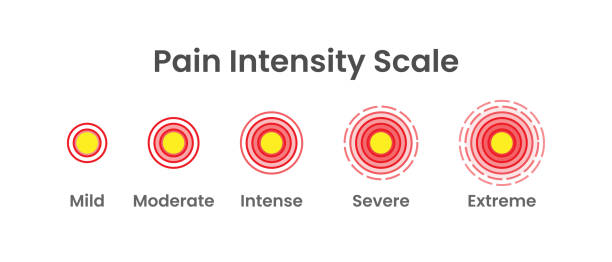A detailed guide to understanding and applying ordinal scale examples effectively.
Introduction
Ordinal scales offer a nuanced way to rank and classify data. This form of measurement is essential in various research areas and industries, enabling professionals and researchers to make sense of qualitative data. Herein, we’ll dive deep, offering a plethora of “Ordinal Scale examples” and helping you grasp its extensive applications.
Ordinal Scale Examples: An Overview
Ordinal scales stand out in the arena of data measurement. They allow data to be ranked without the exact differences between ranks being known. For instance, when rating movies from your most to least favourite, you use an ordinal scale.
Understanding Ordinal Scales
Ordinal scales are a type of measurement scale that allows for the ranking of items. Unlike nominal scales, which simply name or categorise items, ordinal scales provide a hierarchy. However, they don’t detail the magnitude of differences between items.
Key Features
– Order Matters: One main characteristic of ordinal scales is that order is significant. It’s all about rankings.
– Undefined Intervals: While the order is clear, the intervals between ranks are not quantified.
– Relative Positioning: It’s all about understanding the relative position of items in a sequence.
Everyday Ordinal Scale examples
We encounter ordinal scales frequently, often without even realising it. Examples include:
– Class rankings in school (e.g., top of the class, middle, bottom)

– Levels of spiciness (e.g., mild, medium, hot)

– Movie or book reviews (e.g., poor, average, good, excellent)
Applications in Research
In the world of research Ordinal Scales hold significant importance, mainly in questionnaires. Participants are asked to assess products and services in ranks on a scale that can span from “Very Dissatisfied” to “Very Satisfied”.
Advantages of Using Ordinal Scales
Ordinal scale is favored more usually as they:
– Provide more detailed information than nominal scales.
– Can be easily understood by survey participants.
– Offer clear hierarchy which can guide decision-making.
Delving Deeper: Advanced Ordinal Scale Examples
As we travel deeper into the world of ordinal scales, we come across more complex examples, particularly in specialized fields.
Medical Field Examples
In the field of medicine ordinal scales are used to determine the seriousness of symptoms or conditions.
– Pain scales ranging from “no pain” to “extreme pain”

– Stages of cancer progression
Economic Evaluations
Economists might rank countries based on development metrics, classifying them as underdeveloped, developing, or developed.
Customer Satisfaction Surveys
Companies often gauge customer feedback using ordinal scales, asking them to rank their experience as poor, average, good, or excellent.
Educational Assessment
Teachers can evaluate student performance using grades, or performance illustrators ranging from “Unacceptable” to “Outstanding”.
Developing Your Own Ordinal Scales
Creating an ordinal scale requires clarity, precision, and sometimes, a pinch of creativity.
1. Define the Variable: Clearly state what you want to measure.
2. Determine the Rankings: Decide on the hierarchy or ranking system.
3. Keep It Simple: Ensure respondents understand the options.
Pitfalls to Avoid with Ordinal Scales
While ordinal scales are immensely useful, they come with potential pitfalls:
– Avoid Assumptions: Just because two items are next to each other on the scale doesn’t mean their differences are equal.
– Be Clear: Ambiguity can confuse respondents, leading to inaccurate data.
FAQs
– How is an ordinal scale different from a nominal scale?
An ordinal scale allows for the ranking of items and showcases a hierarchy, while a nominal scale simply categorises items without a rank order.
– Can ordinal scales be used for quantitative data?
They are best suited for qualitative data since they categorise based on attributes and qualities.
– Why can’t we determine exact differences in an ordinal scale?
The ordinal scale provides a rank order but doesn’t specify the magnitude of differences between ranks.
– Are ordinal scales objective?
They aim to be, but the interpretation can be subjective, especially in everyday examples.
– How are ordinal scales useful in decision-making?
They help in understanding preferences, priorities, and hierarchies, guiding informed decisions.
– Can I use ordinal scales in everyday situations?
Absolutely! From deciding on dinner preferences to rating movies, ordinal scales are everywhere.
Conclusion
We can make informed decisions based on qualitative data through Ordinal Scales as they provide a robust structure for comprehending, categorizing and so on. By recognizing and correctly employing ordinal scale examples in various scenarios, one can navigate the complexities of data with ease and precision.
External Links/ Sources:
Ordinal Data | Definition, Examples, Data Collection & Analysis
